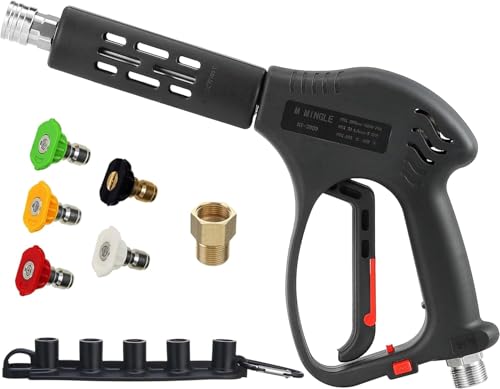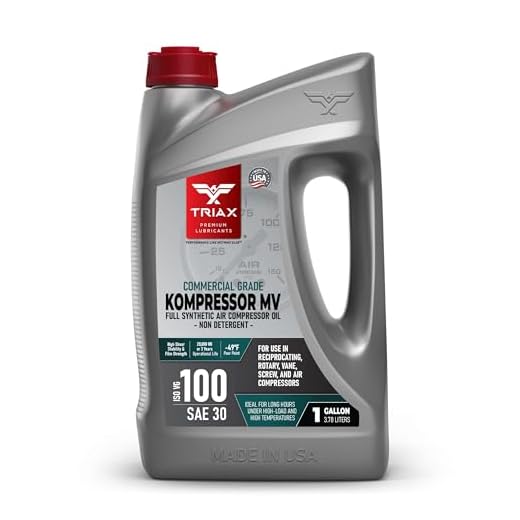


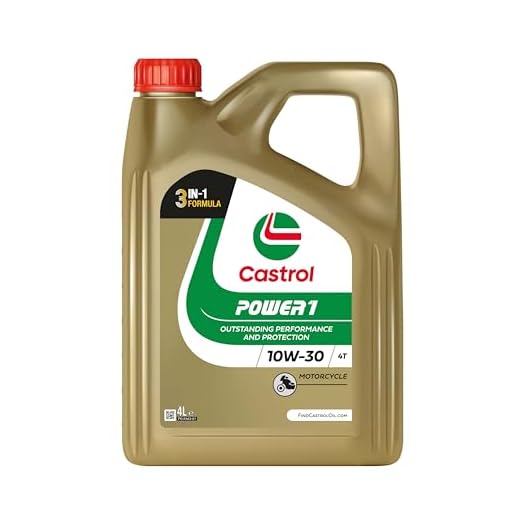
For optimal performance, a high-quality 10W-30 motor lubricant is the best choice for your cleaning machinery’s motor. This formulation ensures smooth operation across various temperatures, making it suitable for both hot summer days and cooler seasons.
It’s essential to opt for a detergent-grade lubricant, as it effectively keeps engine components clean by reducing the formation of sludge and deposits during operation. I recommend sticking to reputable brands that meet or exceed the American Petroleum Institute (API) standards, which assures you’re using a reliable product. Look for those labelled as API SJ or later for the best compatibility.
Consider checking the manufacturer’s manual for additional specifications. Each model may have unique requirements. Regular intervals of maintenance also mean a timely change of lubricant, ideally every 50 hours of use, to maintain efficient functioning. Following this practice will extend the service life of your vital equipment.
Recommended Lubricants for High-Pressure Cleaning Equipment
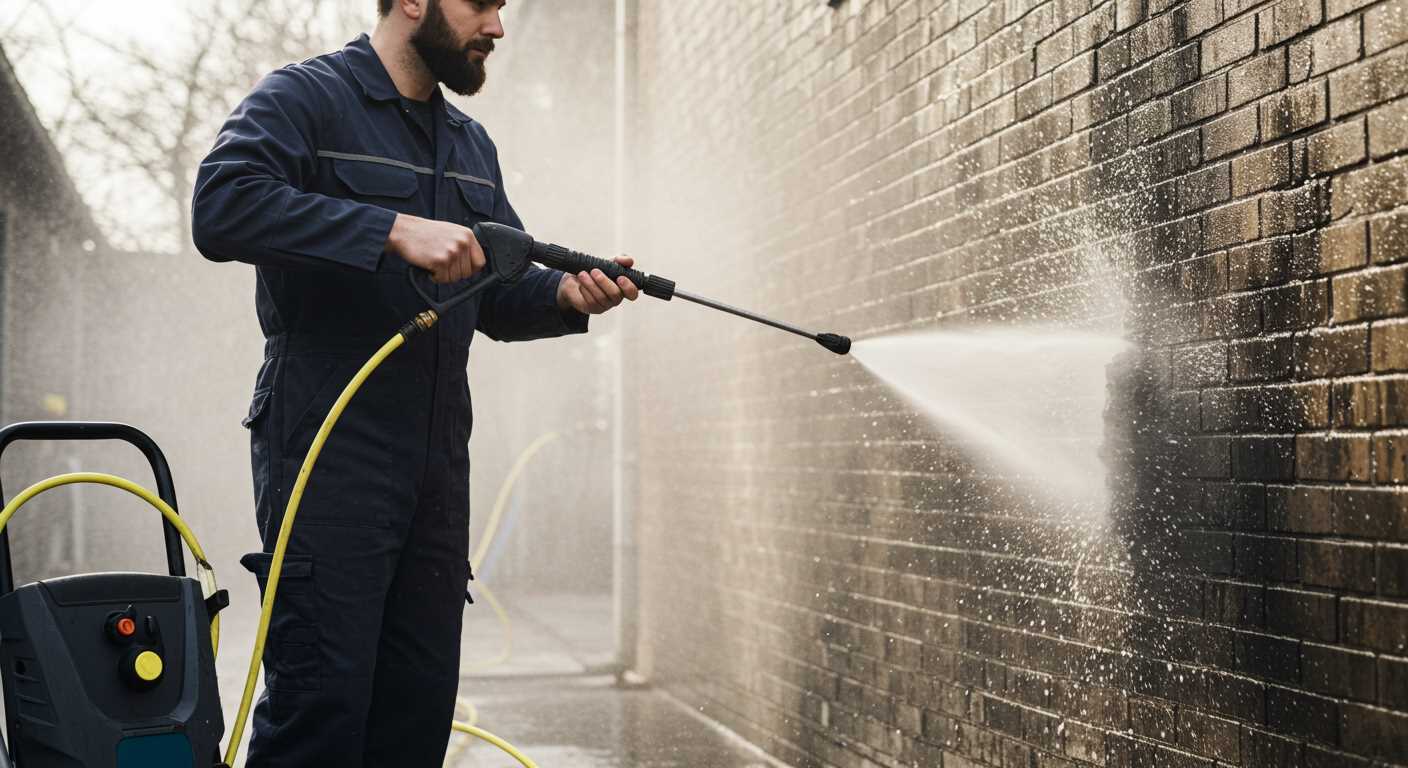
I recommend using high-quality multi-grade lubricants with a viscosity rating of 10W-30 or 15W-40 for optimal performance in high-pressure cleaning machines. These grades provide a balance between good cold-weather start-up and high-temperature operation.
Synthetic options are also available and can enhance performance under extreme conditions. They resist breakdown better than conventional oils, which is particularly beneficial for equipment used in demanding environments.
The API (American Petroleum Institute) certification should be a consideration; look for oils labelled as API SG or higher, as these meet modern performance standards.
| Type | Viscosity | Performance Rating |
|---|---|---|
| Conventional | 10W-30 | API SG |
| Conventional | 15W-40 | API SG |
| Synthetic | 10W-30 | API SN |
| Synthetic | 15W-40 | API SN |
When selecting, consider the manufacturer’s guidelines for your specific brand and model. Regular checks and timely replacements of lubricant will extend the life of the equipment and ensure peak performance.
Understanding Engine Oil Specifications for Pressure Washers
Choosing the correct lubricant for your cleaning apparatus is fundamental for optimal performance and longevity. I recommend looking at the API (American Petroleum Institute) service classification, which indicates the oil’s performance capabilities. For garden machinery, select oils rated as SG, SH, SJ, or higher. These specifications ensure sufficient protection against wear, rust, and oxidation.
The viscosity rating is another critical factor. A multi-grade product with a rating like 10W-30 or 15W-40 offers flexibility for varying temperatures, helping your unit operate smoothly in different conditions. Consider using a lightweight option for colder climates to maintain fluidity during startup.
Additionally, synthetic formulations often provide superior performance compared to conventional alternatives, particularly concerning thermal stability and resistance to breakdown. They can be more effective in maintaining engine cleanliness and minimising deposits.
Ensure to reference the owner’s manual of your model for any specific recommendations regarding lubricant specifications. Adhering to these guidelines will enhance the reliability and efficiency of your unit.
Types of Oil Suitable for Small Engines
For small scale machines, I recommend using either conventional or synthetic formulations. Both types have distinct advantages, depending on the usage and climate conditions.
- Conventional Oil: Ideal for moderate temperatures and light usage. Look for a viscosity rating of 10W-30, which provides adequate protection during normal operation.
- Synthetic Oil: Offers superior performance in extreme temperatures and conditions. It maintains its viscosity better than conventional alternatives, making it suitable for high-performance applications. A 5W-30 grade is often preferred for enhanced cold start capability.
- High-Detergent Oil: Specifically formulated for small engines, this type contains additives that clean and protect engine components. It’s essential for longer life and optimal performance.
- Season-Specific Oil: In colder climates, consider a winter-grade product with lower viscosity for easier engine turnover. Conversely, for warm seasons, a higher viscosity may provide better protection under heat stress.
Additionally, always check the manufacturer’s specifications for viscosity and API classification to ensure compatibility with your specific model. Regular changes are critical to prolong the service life of your equipment.
How to Choose the Right Viscosity for Your Pressure Washer
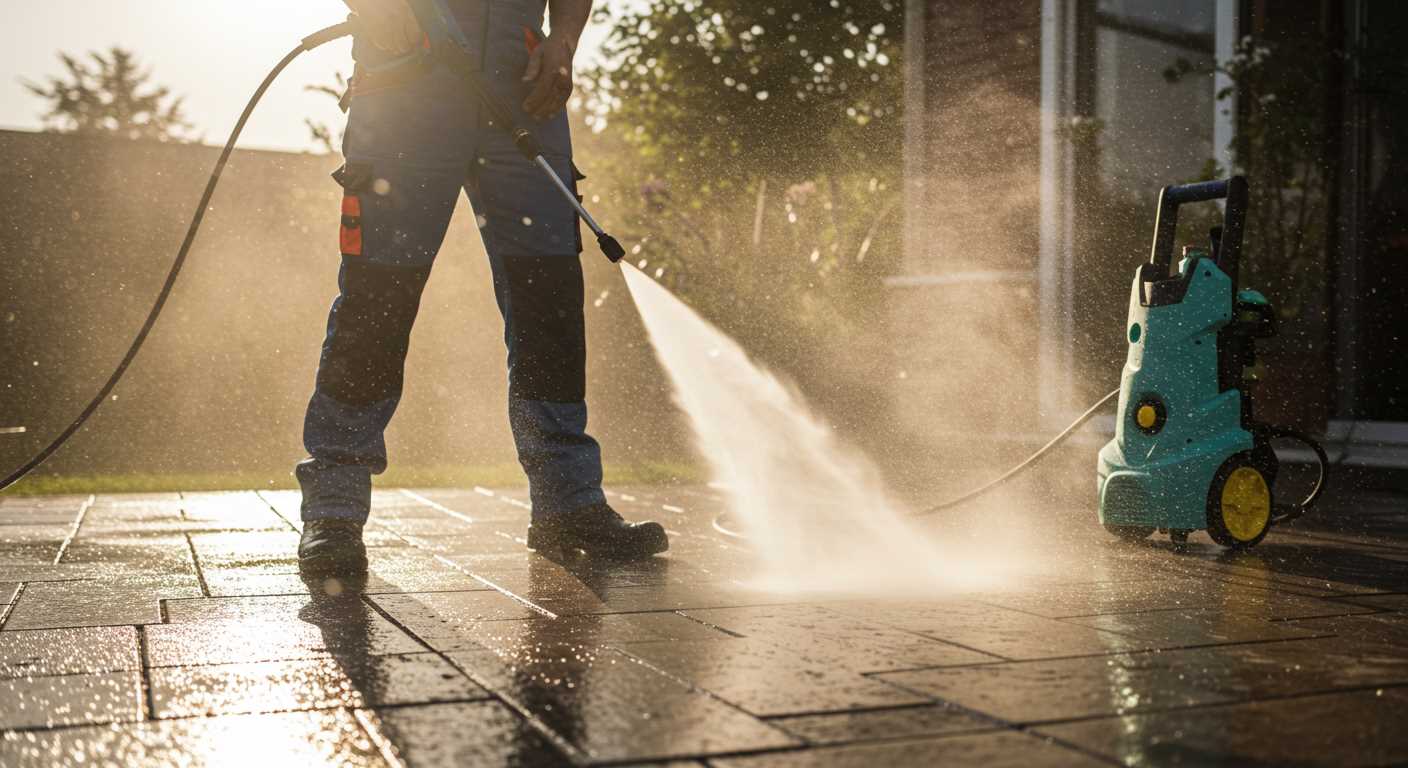
Select a viscosity rating based on the manufacturer’s specifications, typically found in the user manual. Common ratings for small engines are 10W-30 and 5W-30. Choose 10W-30 for moderate temperatures, while 5W-30 provides better performance in colder conditions.
Check the ambient temperature range regularly. If you operate in extremely hot climates, a higher viscosity may be beneficial to ensure adequate lubrication. Conversely, in colder areas, consider a lower viscosity for improved starting ability, reducing wear and tear.
Pay attention to seasonal changes as well. Use a higher viscosity oil in summer to prevent thinning, while switching to lower viscosity for winter operations will enhance cold starts and fluidity.
Conduct periodic checks on your lubricant’s condition. Darkening or debris indicates that it may require replacement sooner than scheduled maintenance intervals. Regular maintenance promotes longevity and optimal functionality of the machinery.
Finally, always verify compatibility with your specific model before purchasing. Some manufacturers may recommend unique formulations, ensuring you select the most appropriate product tailored to your equipment’s needs.
Differences Between Synthetic and Conventional Oils
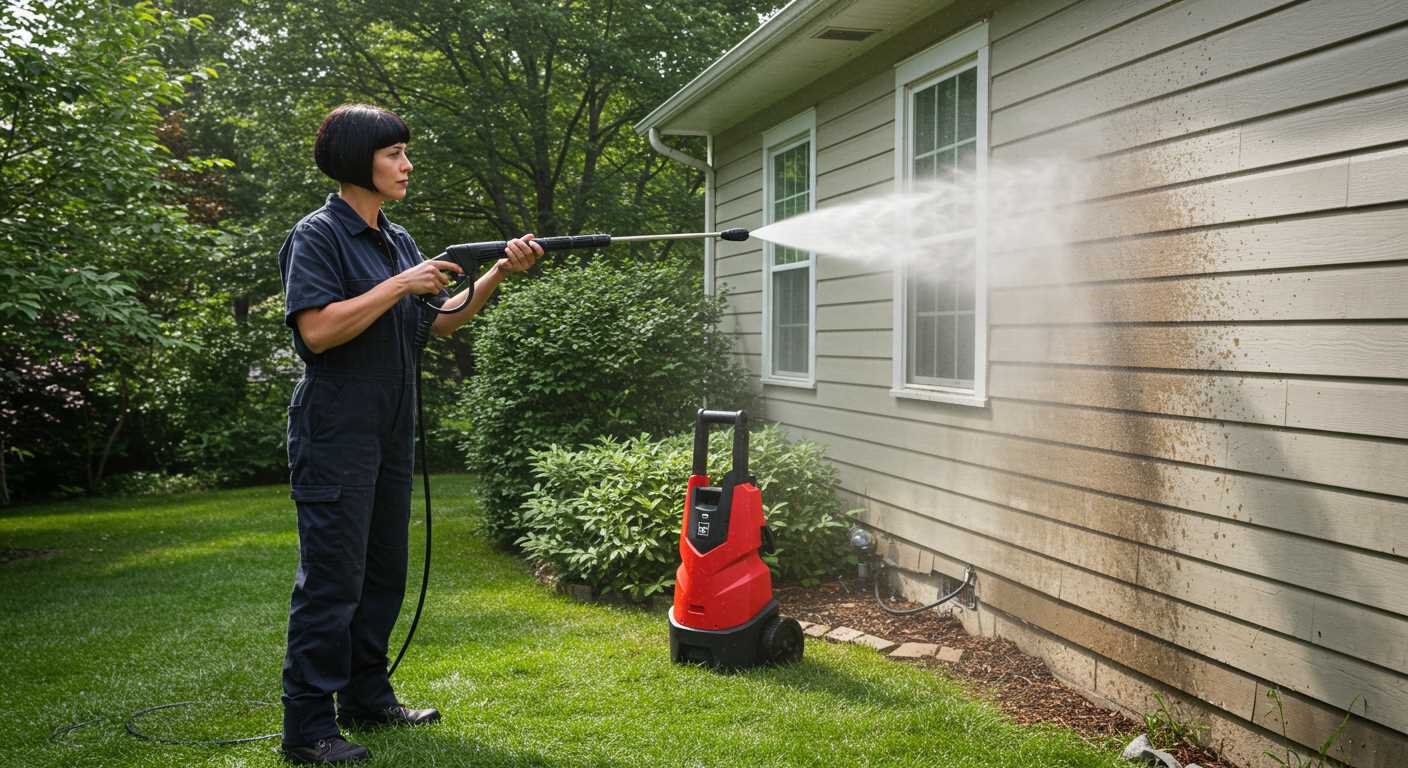
Synthetic formulations offer superior thermal stability and better fluidity at low temperatures compared to traditional mineral-based options. This means enhanced performance in cooler conditions, ensuring a smoother start and more effective lubrication from the get-go.
Wear protection is another area where synthetics excel. They contain advanced additives that reduce friction and extend the lifespan of mechanical components. This can lead to less frequent maintenance and longer intervals between oil changes.
Conventional types, while often more affordable, may not provide the same level of protection and can break down faster under high-stress conditions. These alternatives may suffice for light-duty tasks, but for heavier operations, opting for synthetic formulations can lead to improved reliability and performance.
Fuel economy is enhanced with synthetic products, thanks to their lower volatility and reduced friction. This often results in lower fuel consumption, which can offset the initial higher cost over time, making them a smart investment for regular users.
Environmental considerations also come into play. Many synthetic blends are designed to produce fewer emissions during operation and often have a longer lifespan, leading to reduced waste. This aspect can be crucial for those aiming for greener practices in their maintenance routines.
When to Change the Oil in Your Pressure Washer Engine
It’s advisable to replace the lubricant after the first five hours of operation for a new unit. This initial change removes metal particles and contaminants that accumulate during the break-in period.
For ongoing maintenance, adhere to a schedule of changing the liquid every 50 hours of usage or at least once a season, whichever comes first. Frequent usage or operating in demanding conditions, such as high temperatures or excessive dust, may necessitate more regular changes.
Always check the fluid level before each use. If it appears dark, gritty, or contaminated, it should be replaced regardless of the time or hour mark.
Consult the manufacturer’s manual for specific recommendations tailored to your particular model, ensuring longevity and peak performance. Keep track of your maintenance schedule to prevent issues stemming from old or degraded lubricant.
Common Mistakes When Selecting Oil for Pressure Washers
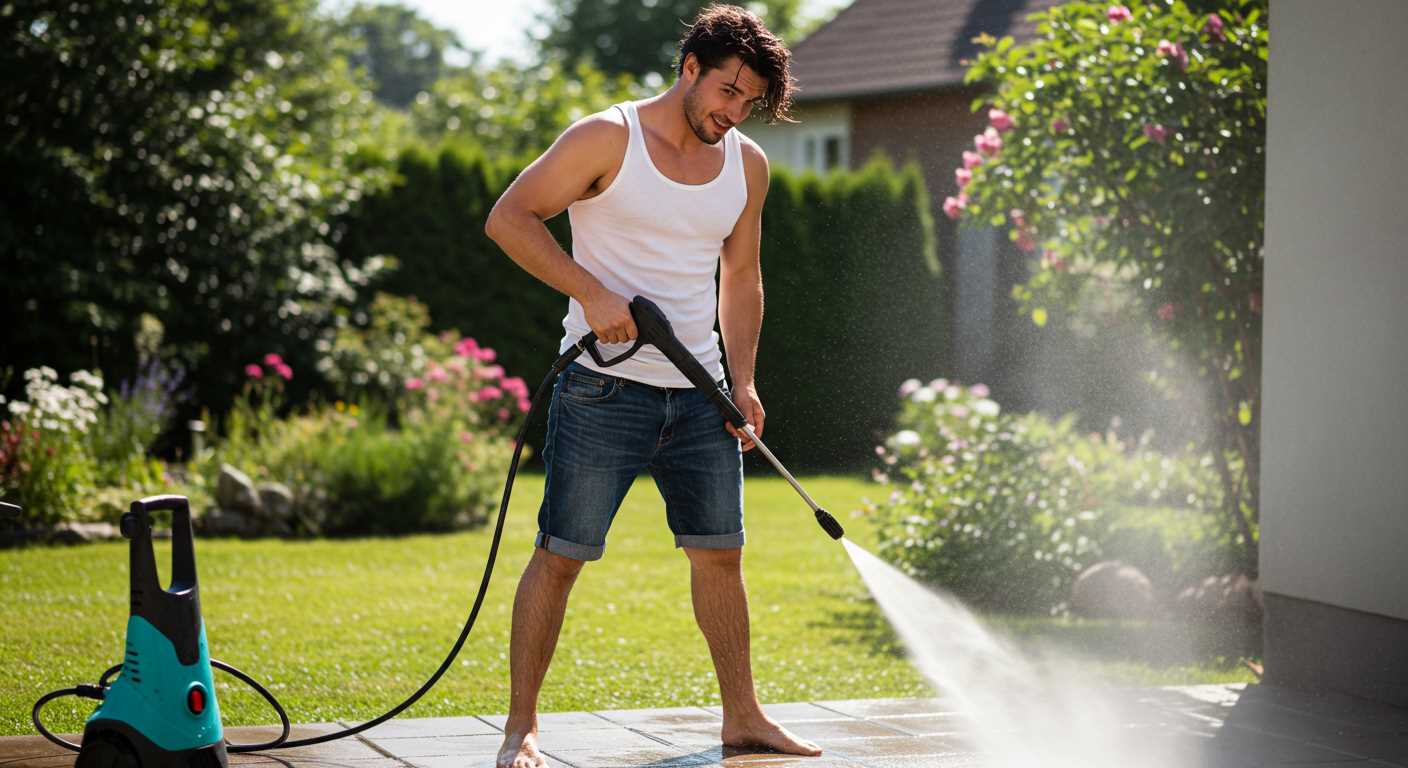
Avoiding inappropriate lubricants can save you hassle down the line. Below are frequent errors I’ve observed over the years when it comes to choosing the right formula for these machines:
- Ignoring Manufacturer Specifications: Referring to the user manual is crucial. Many neglect to follow the provided guidelines, leading to severe damage.
- Choosing the Wrong Viscosity: Not considering climate and operating conditions can impact performance. Ensure compatibility with ambient temperatures.
- Opting for Automotive Variants: Many make the mistake of using car lubricant. Formulations designed for automobiles aren’t suitable for small equipment.
- Neglecting Synthetic Options: Many individuals overlook synthetic blends that provide better thermal stability and longevity compared to conventional mixes.
- Overfilling the Reservoir: Pouring too much liquid can result in leaks and pressure loss. Always check the fill line and adjust accordingly.
- Ignoring the Oil Change Schedule: Delaying replacements can lead to sludge build-up. Stick to a regular maintenance routine to prolong machinery life.
- Failing to Consider Storage Conditions: Not all products tolerate extreme temperatures. Selecting a product that withstands your climate is essential.
- Not Keeping Records: Many neglect to document usage and maintenance. Keeping track of when and what was added aids in future maintenance planning.
Focusing on these aspects helps avoid unnecessary repairs and boosts overall performance. Your equipment’s longevity relies heavily on making informed choices.
Tips for Proper Oil Maintenance in Pressure Washer Engines
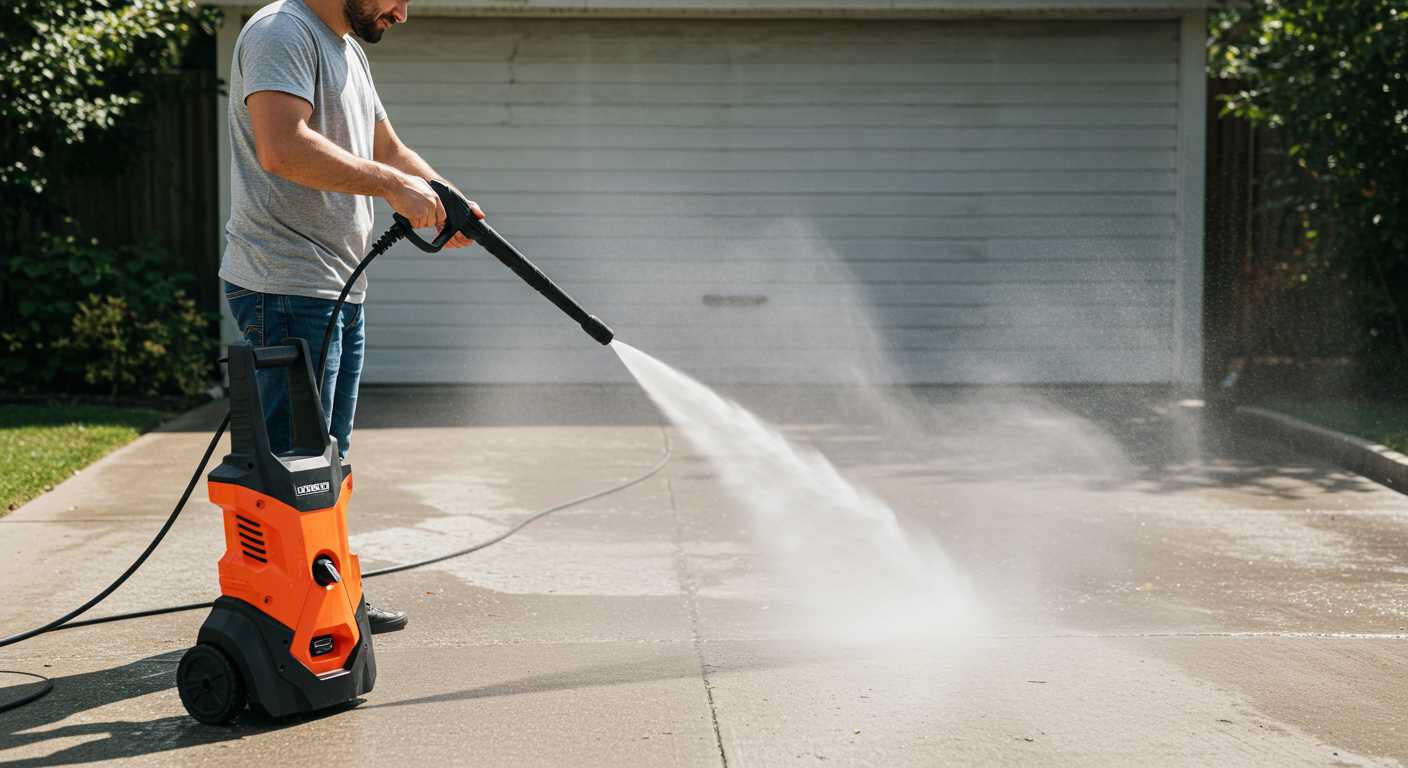
Consistently check the liquid levels before operation. Low amounts can lead to engine wear and performance issues.
Regular Monitoring
Inspect for contamination regularly. If the lubricant appears discoloured or contains particles, it’s time for a change. Fresh liquid is critical for optimal functionality.
Storing and Handling
Store the equipment in an upright position. This prevents leaks and maintains the integrity of internal components. Always keep the lid tightly sealed on lubricant containers to avoid contamination.
Know the specific intervals for changing the lubricant based on usage. Frequent tasks may require adjustments to the regular schedule, while seasonal or less frequent use may extend the time between changes.
Utilise a funnel when refilling to avoid spills. Spillage can not only create messes but also lead to complications with performance and could potentially harm surrounding surfaces.
Always prioritise the manufacturer’s recommendations. They provide guidelines tailored for optimal performance of your unit. Following these instructions ensures longevity and reliability.
Consider an annual professional maintenance check if you use the equipment extensively. This can identify potential issues before they become serious, ensuring continued reliability.
If you switch brands or types of lubricants, make sure to flush the system thoroughly to remove residues that could affect performance. Mixing formulations can lead to unpredictable results.



